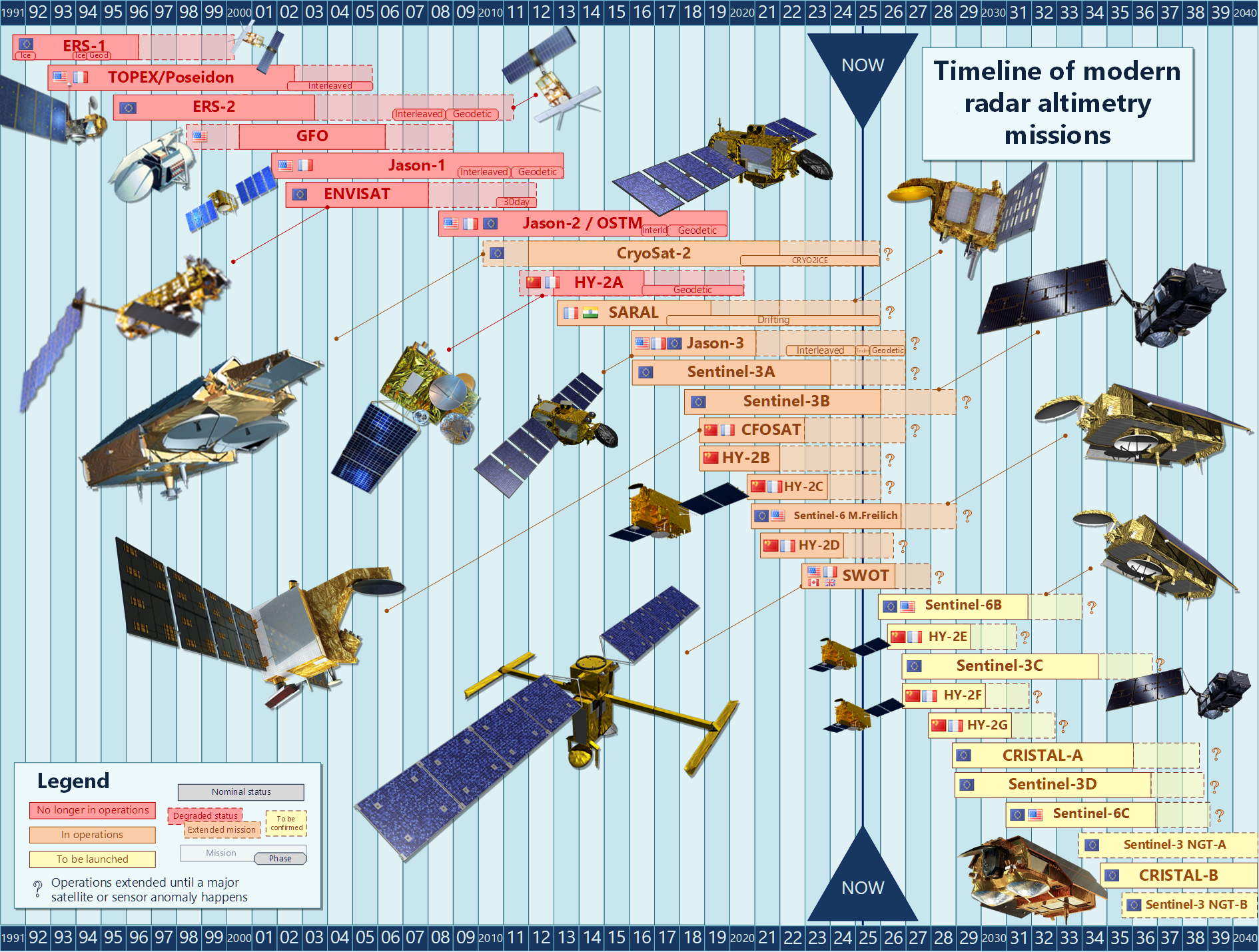(Sub)mesoscale helps in understanding oxygen concentration in the waters
Image of the Month - September 2025
![Dissolved oxygen climatology, sea level anomalies, FSLE (2022/01/10) and ChlA (2022/01/15) over the Tehuantepec/Papagayo area (from [Pietri et al., 2025]) (a) Climatology of dissolved oxygen concentration at 200 m depth over the tropical Pacific. The white contour corresponds to a concentration of 20 μmol/l. The black rectangle indicates the region highlighted on the following maps. Satellite (b) sea level anomaly and (c) finite-size Lyapunov exponents on 10 January 2022, (d) Satellite chlorophyll A on January 15th 2022. The land topography (m) displayed in shades of brown shows the mountain range and the gaps where the wind jets blow.The ship's track is indicated by a black line with the stations highlighted by black circles, and the arrows on panel (b) represent the depth averaged (0–100 m) acoustic doppler current profilers velocity. The white lines represent the edges of the two eddies as provided by the mesoscale eddy trajectories atlas. (from [Pietri et al., 2025])](/fileadmin/_processed_/f/a/csm_202509_jgrc26570-fig-0001-2d-m_547206cb98.png)
(from [Pietri et al., 2025])
Dissolved oxygen is a major element for marine biogeochemical processes and ecosystems. Some areas of the ocean show low oxygen concentrations. They are found all around the world, but the most extensive are located in the tropical and subtropical Pacific Ocean. They occur due to a combination of factors including high surface productivity, weak ventilation, and stratification - but not only. Understanding such a phenomenon and its effects involves studying the chemical, biological processes, and also the physical ones, at the surface and in-depth, and at meso- and submesoscale. This knowledge is critical for predicting how these low-oxygen areas and their ecosystems may respond to climate change.
The largest oxygen deficient zone is located in the eastern tropical North Pacific. A study focuses on the area of it west of central America, combining physical and biogeochemical in situ data with satellite information for sea level anomaly, finite-size Lyapunov exponents (FSLE), chlorophyll a, and wind patterns, with particle tracking tools, to elucidate the mechanisms driving the distribution of oxygen within this oxygen deficient zone.
The at-sea campaign done during this study traversed two anticyclonic eddies, detected in altimetry sea level anomaly maps and in the Mesoscale Eddy Tracking Atlas - born respectively in the Tehuantepec and in the Papagayo gulfs, both generated by the winds crossing the mountains of central America (see previous images of the month on Tehuantepec eddies). Chlorophyll filaments from the two gulfs coincide with regions of high FSLE, indicating intense stirring and mixing processes. Otherwise, these two mesoscale eddies exhibited different biogeochemical signatures. The Papagayo eddy showcases elevated oxygen levels, likely advected from the coastal region, while the Tehuantepec eddy although crossing an oxygen-depleted zone still manifested localized oxygen maxima at depth. This is probably due to the effect of the winds in driving upwelling but also enhancing vertical mixing, facilitating the oxygenation of these deeper waters before they are subducted and transported offshore as part of the regional circulation.
Observation of small-scale processes and filamentation is thus important to better understand the distribution of biogeochemical properties and the stirring. Swot may help in this respect, especially close to the coasts.
See also:
- Image of the Month, August 2006: a multi-sensor's view on biology
- Image of the Month, June 2006: Tehuantepec eddies
- Image of the Month, November 2006: Argonautica buoys around a Tehuantepec eddy
- Data: FSLE, META
Reference:
- Pietri, A., Altabet, M., Cowles, G. W., & D'Asaro, E. (2025). Meso- and submesoscale circulation origins for subsurface oxygen intrusions into the oxygen deficient zone of the eastern tropical North Pacific. Journal of Geophysical Research: Oceans, 130, e2025JC022577. https://doi.org/10.1029/2025JC022577

















